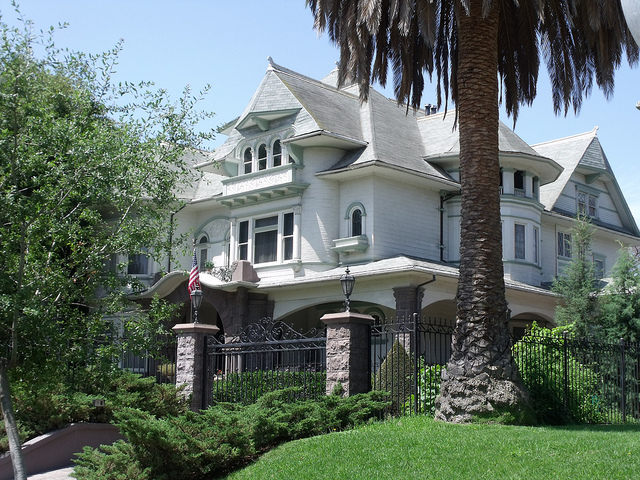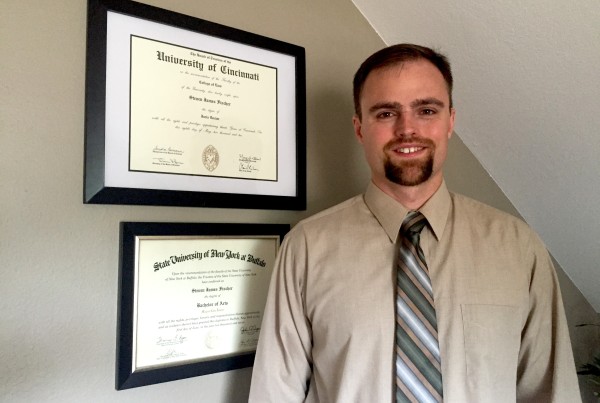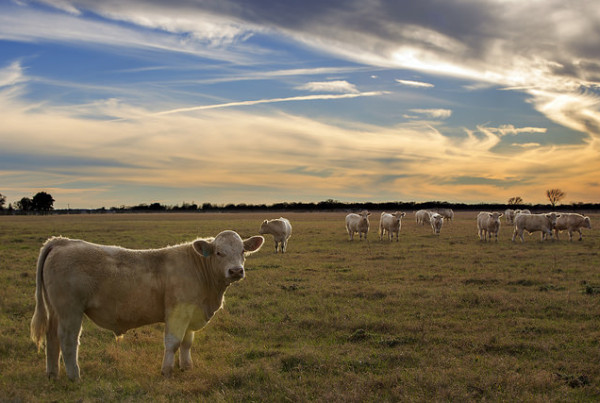The future of America is fast approaching majority-minority status, with the white non-Hispanic population dipping to below 50 percent. California and Texas are two states with demographic profiles very similar to what the U.S. at large will soon resemble. But those two states diverge when it comes to many things, including rates of poverty.
The Texas Standard spoke with Chuck DeVore, a former California legislator who is now the policy director at the Texas Public Policy Foundation, a conservative think-tank. In a column that appeared this week in The Federalist, DeVore says California and Texas offer two dramatically different examples of whether America’s future will be, as he puts it, “overrun with poverty” — or not.
California and Texas both have official poverty rates above the national average. But DeVore says the U.S. Census Bureau’s Supplemental Poverty Measure is a more accurate way to assess the differences between the two states.
DeVore on the difference between the official poverty rate and the Supplemental Poverty Measure:
“Most folks don’t understand that the official poverty rate is beginning to show signs of age. It’s been around for about 51 years, and it doesn’t take into account cost of living. So it figures that rent or cost in San Francisco or Brooklyn are the same as they are in Lubbock, Texas, which is patently ridiculous. The official rate also doesn’t take into account things like food stamp value, or Section 8 housing vouchers, or taxes, or the cost of employment — for example, childcare or commuting. The Supplemental Poverty Measure does. And that’s where we begin to see huge divergences, with — generally speaking — the Midwest and the South having lower poverty than the official poverty rate, and the Northeast and the far west having far higher rates of poverty.”
DeVore on how Texas and California compare under the Supplemental Poverty Measure:
“It’s very fascinating and it’s quite sobering as well for public policy practitioners. California — my old home state, as you mentioned — has the nation’s highest poverty rate — higher than even Washington D.C. — and on a proportional basis, 47 percent more people in poverty there than in Texas. And Texas comes in at the national average — 15.9 percent.”
DeVore on how housing costs contribute to a higher Supplemental Poverty Measure in California:
“I mean, first of all, apologists for California will say, ‘Well, what you’re really seeing here is the weather tax’ — the tax on good weather. And to a certain degree, California does attract a premium for residential housing because of the nice weather — in a portion of the state. Most folks don’t understand that the further you go from the coast the hotter it gets. But beyond that, what you see in California is very restrictive zoning laws, very high development fees, greenhouse gas emission restrictions beginning to affect housing availability, and if you talk to people who develop properties in both states, they’ll tell you that what takes four to five years to get permission to build in California, takes four to five months to get permission to build in Texas. This boosts the cost of residential housing tremendously in California.”
DeVore’s response to the argument that a lack of housing regulation leads to overdevelopment:
“Well, I’d say, don’t mess with what works. I mean, if you want more regulation because it somehow violates your sensibilities, just understand that the flip side of it is higher costs — and higher costs especially for the working poor. It may very well be that the elite will benefit, and will appreciate, perhaps in their mind, a more ordered neighborhood or city. But the cost of that is going to be soaring poverty, as we see in California, where you have a land of tremendous contrasts, with the nation’s highest poverty rate, and yet with a tremendous amount of regulatory overreach, as well as the nation’s fourth highest tax rates, versus number 47 in Texas.”















